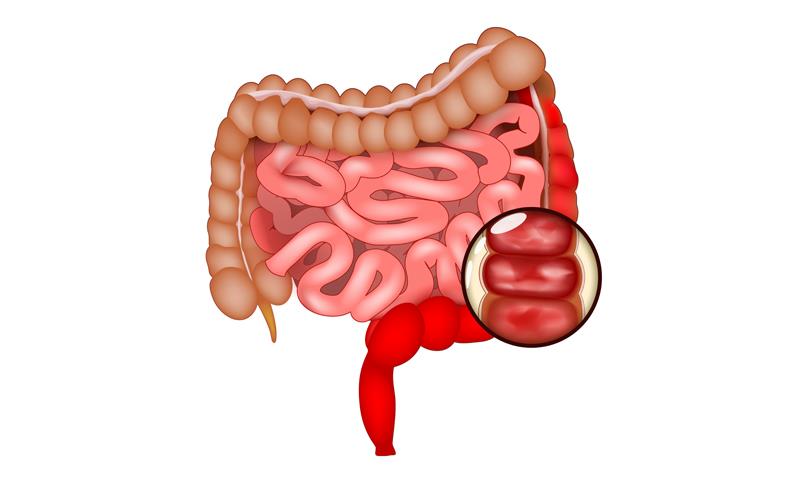UC patients on guselkumab maintenance therapy achieve clinical remission





Among adults with moderate-to-severe active ulcerative colitis (UC), treatment with guselkumab, a dual-acting interleukin-23 inhibitor, led to clinical remission at week 44, according to initial data from the phase III QUASAR maintenance study presented at DDW 2024.
During the maintenance study, 45.2 percent and 50 percent of the patients treated with subcutaneous guselkumab 100 mg every 8 weeks (Q8W) or 200 mg every 4 weeks (Q4W), respectively, achieved the primary endpoint of clinical remission* at week 44 compared with only 18.9 percent of those treated with placebo (p<0.001 for both). [DDW 2024, abstract 759]
Additionally, 69 percent of guselkumab-treated patients who were in clinical remission achieved endoscopic remission, defined as a Mayo endoscopic subscore (MES) of 0.
“These data suggest the potential of guselkumab to provide durable clinical remission and improve important high-bar endpoints such as endoscopic remission to the point of normalization and histologic remission, which represent the kind of progress needed in new treatments for this inflammatory bowel disease,” said lead author Dr David Rubin from the University of Chicago Medicine Inflammatory Bowel Disease Center, Chicago, Illinois, US, in a press release.
This QUASAR maintenance study included 568 patients with moderate-to-severe active UC who achieved a clinical response to 12 weeks of intravenous (IV) guselkumab during the induction phase. Participants were then randomized in a 1:1:1 ratio to receive subcutaneous guselkumab 100 mg Q8W (n=188), guselkumab 200 mg Q4W (n=190), or a matching placebo (n=190) as a maintenance therapy. Placebo nonresponders were switched to guselkumab for an additional 12 weeks.
Major secondary endpoints
By week 44, significantly more patients treated with guselkumab 100 or 200 mg achieved endoscopic remission (MES=0) than those treated with placebo (34.6 percent and 33.7 percent, respectively, vs 15.3 percent; p<0.001 for both).
Significantly greater improvements with guselkumab vs placebo were also seen for other secondary endpoints such as endoscopic improvement** (49.5 percent [100 mg] and 51.6 percent [200 mg] vs 18.9 percent; p<0.001 for both) and histo-endoscopic mucosal improvement*** (43.6 percent and 47.9 percent vs 16.8 percent; p<0.001 for both).
With regard to patient-reported outcomes, higher rates of Inflammatory Bowel Disease Questionnaire (IBDQ) remission+ (64.4 percent and 64.2 percent vs 37.4 percent; p<0.001 for both) and fatigue response++ (50.5 percent; p<0.001 and 43.2 percent; p=0.009 vs 29.5 percent) were observed in both guselkumab 100- and 200-mg dose groups, respectively, compared with the placebo group.
“Overall, all nine major secondary endpoints were met [for both guselkumab regimens],” noted Rubin.
Adverse events
Similar rates of adverse events (AEs) were observed between the guselkumab (64.5 percent [100 mg] and 70 percent [200 mg]) and placebo groups (68.2 percent).
COVID-19 (11.2 percent vs 14.1 percent), exacerbation of UC (11.2 percent vs 29.7 percent), and arthralgia (6.1 percent vs 6.8 percent) were the most common AEs observed in both the guselkumab combined groups and placebo groups, but with a slightly lower rate in the combined guselkumab group.
“This was a well-tolerated therapy … Both guselkumab SC maintenance dose regimens were efficacious and the safety results at week 44 were consistent with the known and favourable safety profile of guselkumab in the approved indications,” said Rubin.
“Overall, the results suggest that guselkumab is a promising therapy to help UC patients with debilitating symptoms that impact their daily lives,” he concluded.